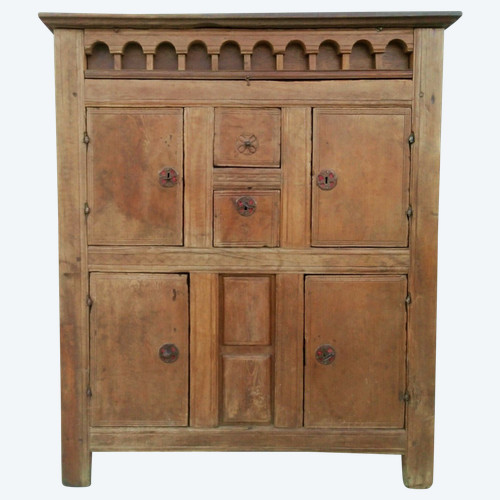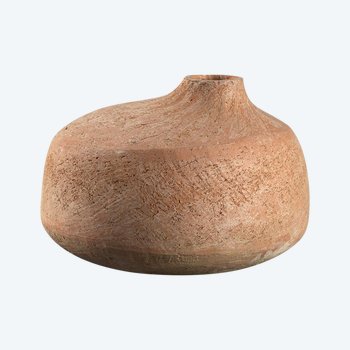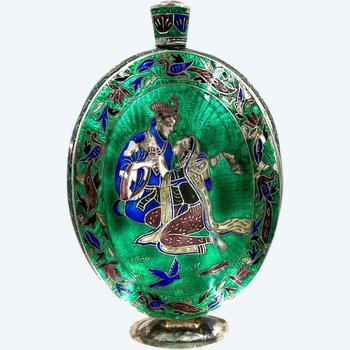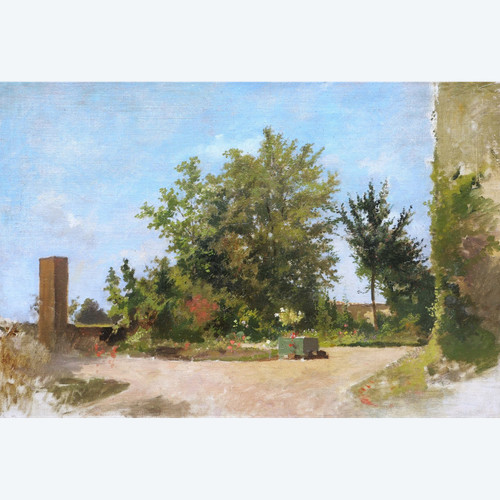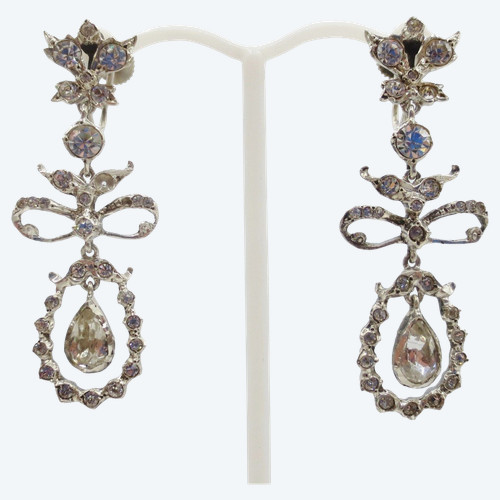- JUST IN
-
FURNITURE
Featured item
 Louis XIV oak sacristy cabinet sideboard
1.300 € EUR
Louis XIV oak sacristy cabinet sideboard
1.300 € EUR
-
DECOR
Featured item
 Large Terracotta Vase, France, 1960s
490 € EUR
Large Terracotta Vase, France, 1960s
490 € EUR
- COLLECTION
- ART
-
JEWELRY & WATCHES
- ANTIQUE DEALERS
- MAGAZINE
Antikeo, the Art • Antiques • Design marketplace, offered for sale and certified by professional antique dealers
Antikeo, the Art • Antiques • Design marketplace, offered for sale and certified by professional antique dealers

